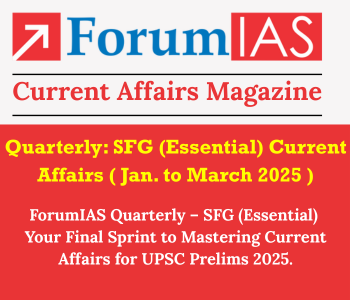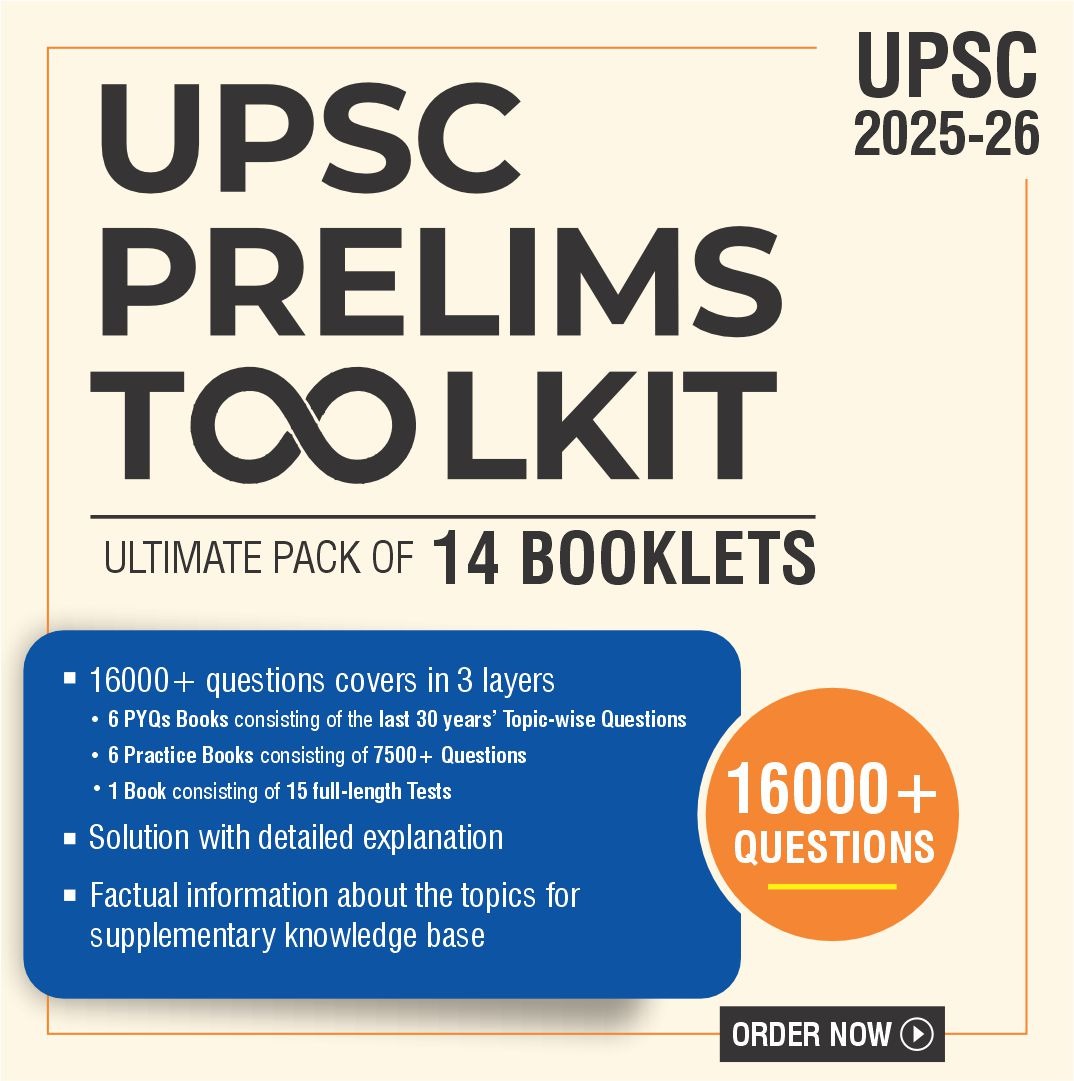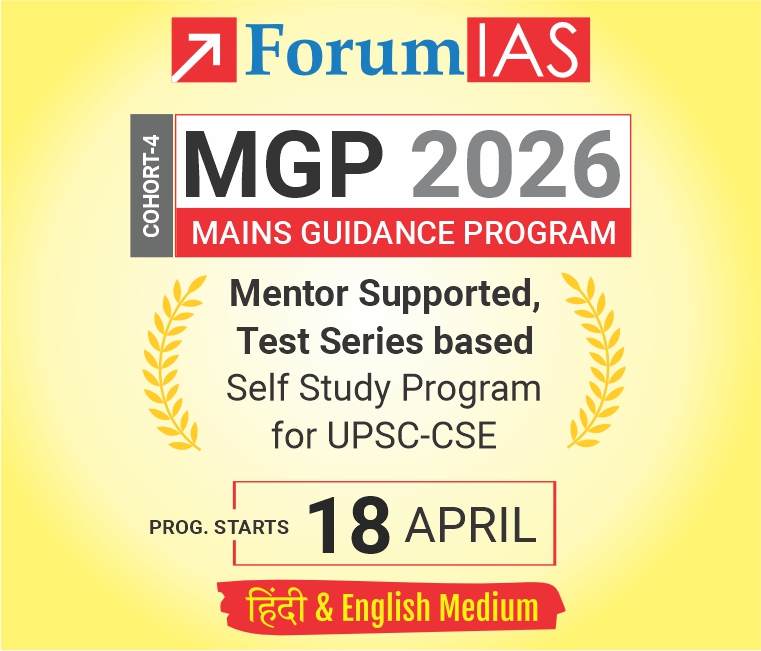UPSC Mains Answer Writing Practice Booklet: Pragati Notebooks – Spiral and Detachable sheets Click Here to know more and order
Context: WTO rulebook must evolve to support food security and rural livelihoods in developing countries.
What are the existing issues related to India?
- Whether the current farm subsidy rules provide enough room for developing countries to buy food at government-set minimum support prices as part of their public stockholding programmes.
- To negotiate a permanent solution.
- India’s farm subsidy notification this year to the WTO’s committee on agriculture brought the topic of procurement under public stockholding programmes.
- It indicated that India had breached its agreed ceiling on product-specific support to rice during marketing year 2018-19.
- For example, India’s wheat support was close to breaching product-specific support ceilings, with administered prices at $263.15/tonne.
What are the underlying issues with WTO?
- Delays: many countries pursuing improved market access and closer economic integration through bilateral and regional talks.
- Paralysed dispute settlement function: Donald Trump administration’s decision to veto new appointments to the WTO’s appellate body leaving many to question the future of the rules-based multilateral trading system.
- Method of calculation: Market price support levels are calculated by taking the gap between applied administered prices and an external reference price or ERP, set at 1986-88 levels, and multiplying this by the volume of eligible production.
- Divergent views on benchmark: WTO members could usefully consider whether the fixed ERP of 1986-88 is still a relevant benchmark, especially in the wake of the global price hikes of 2007-08 and 2010-11.
- Current scenario: food security disruption caused by US-China trade tensions and the inconclusive outcome of the WTO’s 2018 ministerial conference in Buenos Aires.
How does Indian subsidies doesn’t distort market?
- India’s support turns out to be negative for the years since 2000-01, if domestic market prices are compared with international market prices using the Producer Support Estimate methodology applied by the Organisation for Economic Cooperation and Development (OECD).
- Even after accounting for input subsidies, which represent a significant share of India’s non-product-specific support using the WTO system for calculating farm support.
Way forward:
- Updating the reference prices to average 2014-16 or 2016-18 levels or using a rolling average instead flattening out volatility by excluding the highest and lowest years from a five-year period.
- Exempt support from counting towards maximum limits when administered prices are set below international market price levels.
- Members could also discount support consumed by subsistence farmers themselves from the calculation of the volume of eligible production or exempting procurement that only equates to a small share of domestic output.
- WTO members need to agree on a shared framework for action on farm subsidy reform and set a clear direction and a timeframe for reaching a rational conclusion.
- Minimise disruption in food supply chain.
- The December meeting of the General Council that is mulling over WFP food aid issues offers India (with G-20) an opportunity to demonstrate its commitment to WFP food aid and help rebuild confidence in WTO’s ability.
An agreement under WTO could also lay the groundwork for long-overdue progress on the wider trade and food security agenda at the WTO.
Discover more from Free UPSC IAS Preparation Syllabus and Materials For Aspirants
Subscribe to get the latest posts sent to your email.








